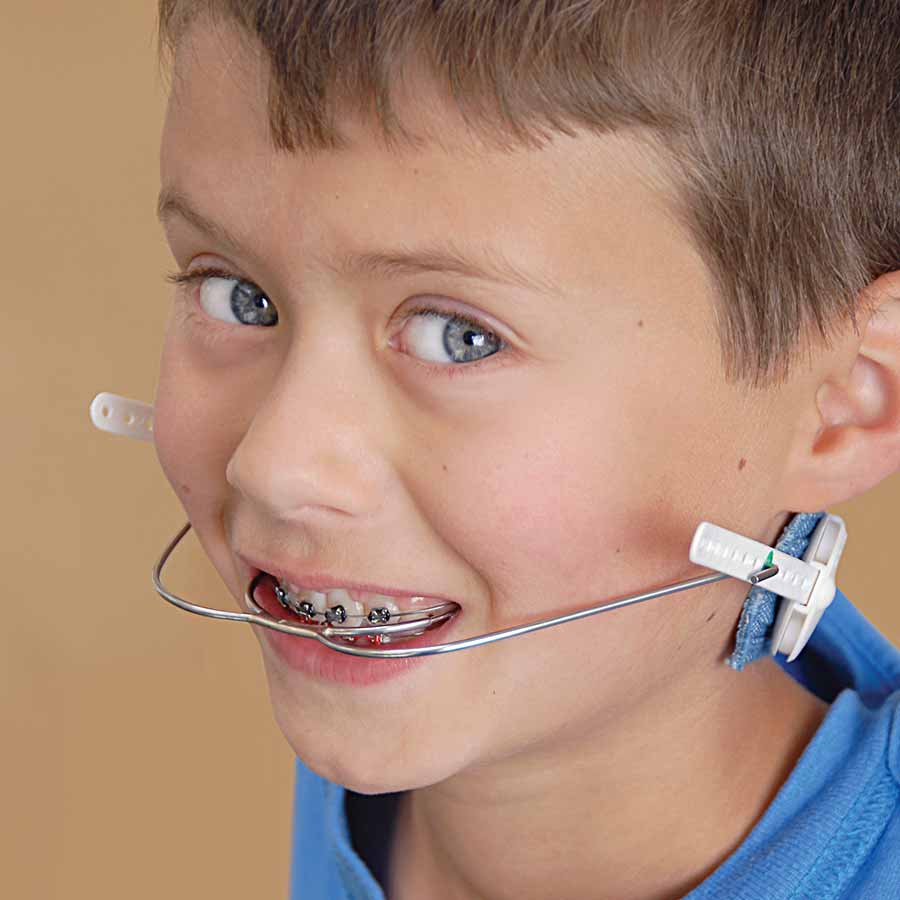Professional Cumming Braces and Aligners: What to Know Before You Go to
Professional Cumming Braces and Aligners: What to Know Before You Go to
Blog Article
Comprehensive Guide to Orthodontics Treatments for Correcting Dental Misalignments
In the world of orthodontics, the trip to achieving a flawlessly aligned smile includes a myriad of treatments tailored to correct oral imbalances. From traditional dental braces to unseen aligners and also medical alternatives, the field of orthodontics provides a variety of remedies to address varying degrees of oral abnormalities. Recognizing the details of each procedure, including their mechanisms, benefits, and prospective downsides, is essential in making notified choices about one's orthodontic treatment. As we navigate through the extensive guide to orthodontic procedures for fixing dental misalignments, the complex information of each technique will certainly unravel, clarifying the path towards a unified and practical dental alignment.
Orthodontic Procedures Review

Along with traditional dental braces and clear aligners, orthodontists may likewise recommend various other treatments like headgear, palatal expanders, or retainers to attend to specific positioning issues (aligners). These treatments are customized to every person's special demands and may include a mix of treatments to attain the desired results. Normal adjustments and tracking are vital components of orthodontic treatment to make sure progression is on track and to make any needed alterations in the process. By undergoing orthodontic procedures, clients can not just attain a straighter grin but also enhance their total dental health and function.
Standard Dental Braces: Just How They Function
When taking into consideration orthodontic therapies for dental imbalances, conventional dental braces stick out as a time-tested approach for remedying teeth positioning. Typical dental braces consist of braces, cables, and bands that work with each other to apply constant pressure on the teeth, gradually relocating them into the preferred alignment. The braces are connected to the teeth making use of an unique adhesive, and the cables are threaded via the brackets. By readjusting the tension of the cables, orthodontists can regulate the instructions and pressure related to each tooth, directing them right into appropriate placement in time.
As stress is used to the teeth via the braces, the bone surrounding the teeth is reshaped to support the brand-new tooth settings. People will certainly require regular modifications at the orthodontist's workplace to guarantee the braces continue to use the correct pressure for effective teeth activity.
Undetectable Aligners: Benefits And Drawbacks
Unnoticeable aligners use a very discreet and convenient alternative to typical braces for remedying oral misalignments. These clear, personalized trays are essentially unseen when used, making them an appealing option for people looking for an extra visually pleasing orthodontic treatment. Among the main benefits of unnoticeable aligners is their removability, permitting much easier maintenance of dental emergency dental offices near me health compared to conventional braces. Clients can eliminate the aligners prior to consuming or cleaning their teeth, lowering the danger of food obtaining embeded the appliance and simplifying the cleaning procedure.

Surgical Orthodontic Options
Surgical interventions in orthodontics present practical options for resolving complex dental imbalances that may not be successfully dealt with with traditional orthodontic therapies. While undetectable aligners and conventional dental braces can correct many orthodontic concerns, click here for more particular instances need surgical intervention to attain optimal results. Surgical orthodontic alternatives are typically advised for extreme malocclusions, considerable jaw inconsistencies, and cases where the underlying bone structure requires alteration to accomplish appropriate alignment.
One common medical orthodontic procedure is orthognathic surgery, which entails rearranging the jaws to fix practical issues such as trouble chewing or speaking. This surgical procedure is usually done in collaboration with an orthodontist that assists align the teeth prior to and after the procedure. Surgical orthodontics might also involve procedures to subject impacted teeth, get rid of excess gum cells, or reshape the jawbone to develop a much more unified facial account.
Before considering medical orthodontic options, individuals undertake a detailed assessment to establish the necessity and possible benefits of such treatments. cumming orthodontics. While surgical procedure may appear difficult, it can significantly enhance both the feature and aesthetic appeals of the smile in instances where conventional orthodontic treatments fail
Retainers and Post-Treatment Treatment

Failing to abide with post-treatment treatment guidelines can result in regression, where the teeth progressively relocate back in the direction of their initial settings. Regular retainer wear, excellent dental health, and normal oral exams are essential for maintaining the results achieved via orthodontic surgery and ensuring the lasting security of the remedied dental alignment.
Verdict
In conclusion, orthodontic treatments provide numerous options for dealing with oral misalignments. Surgical orthodontic options are offered for extra extreme imbalances. In general, orthodontic procedures can efficiently enhance dental health and visual appearance.
As we navigate via the extensive overview to orthodontic treatments for fixing oral misalignments, the detailed information of each approach will unravel, losing light on the path toward a useful and unified dental placement. - cumming aligners
One of the most typical orthodontic therapies is the usage of dental braces, which consist of steel brackets and cables that use mild stress to gradually move teeth right into the wanted position.When considering orthodontic treatments for dental imbalances, typical dental braces stand out as a time-tested method for remedying teeth placing. In addition, unseen aligners may not be appropriate for intricate orthodontic concerns that call for even more significant teeth movement, as they are usually suggested for moderate to modest instances. Retainers are personalized orthodontic tools designed to hold teeth in their fixed settings after the conclusion of orthodontic therapy.
Report this page